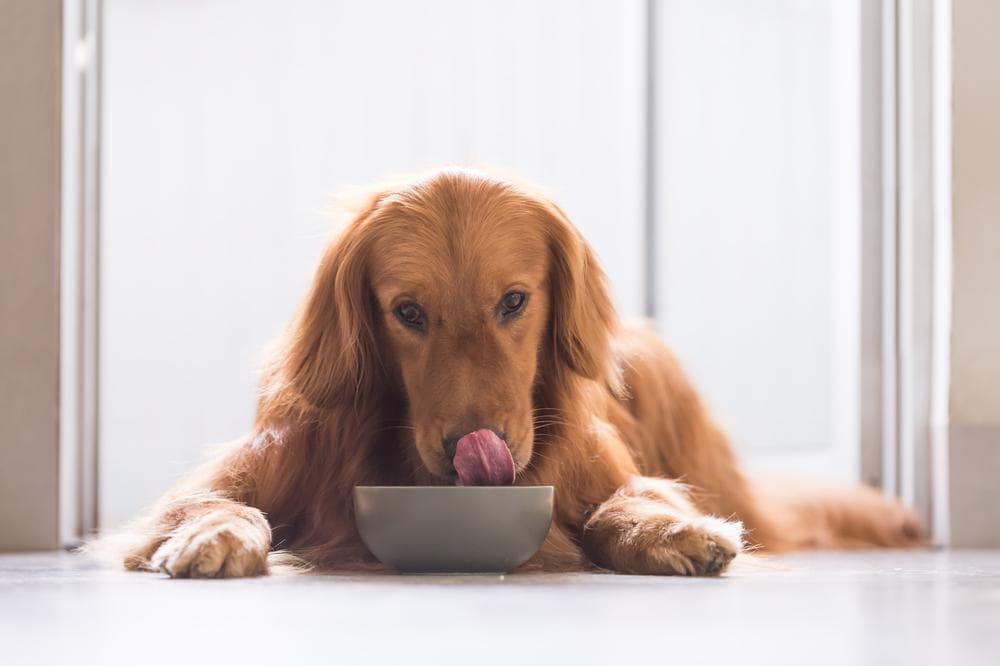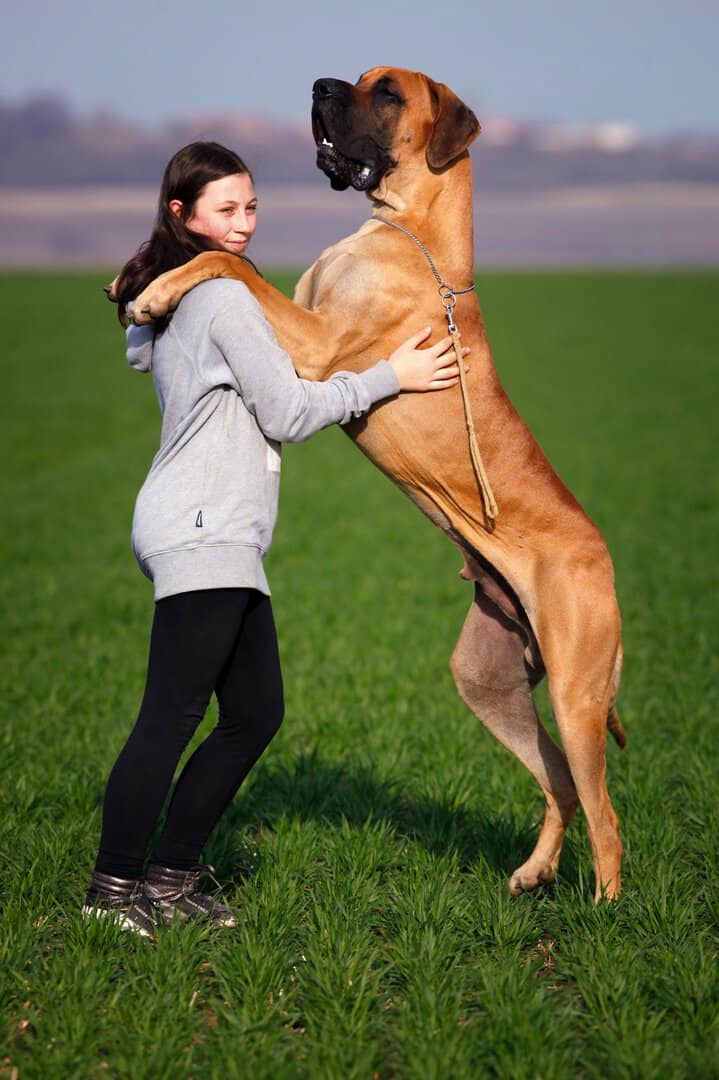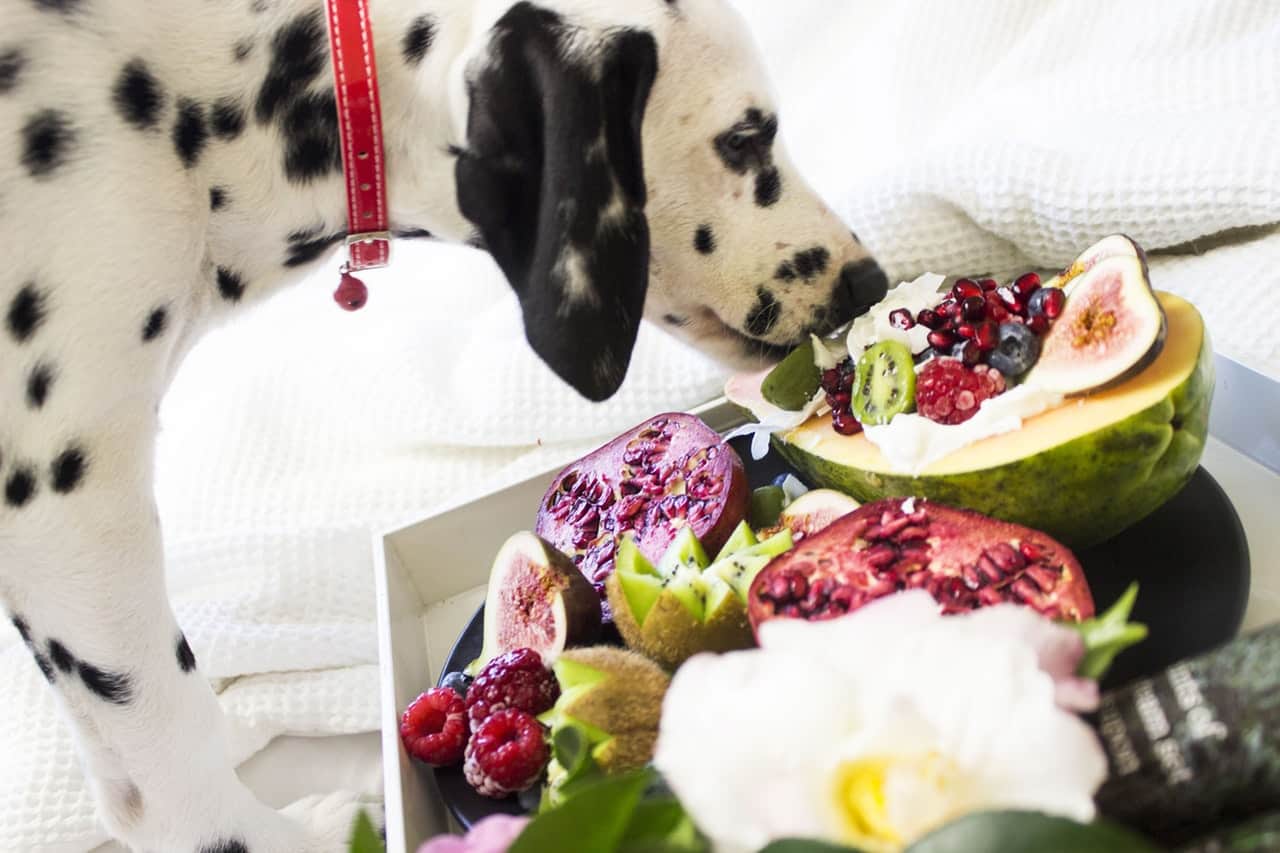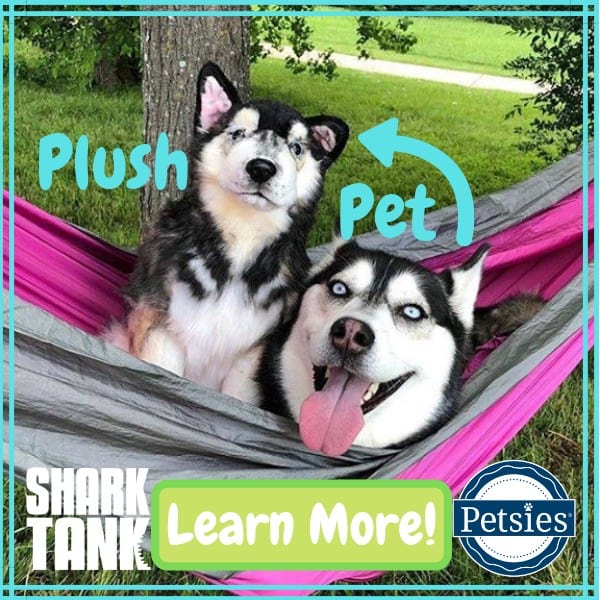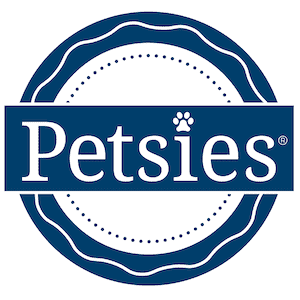We are a professional blog site that may receive compensation or free samples from the companies whose products and topics we write about. We are independently owned, and the opinions expressed here are of the writer. To read the full disclosure click here.
________________________________________________________________________
We owners do so much for our dogs. From feeding to bathing to spending money on dog essentials and more! Raising a dog can be a tough job. Despite this, every time we cross the threshold of the house, seeing our dog rush over with its tail excitedly wagging just makes our heart melt. Hence, it is only natural to put our dog’s health as our prime concern. For any dog to thrive health-wise, nutrition is important. However, there are differences in the nutrition needs of dogs according to size. We want to help you determine whether you are giving your big dog all the nutrition it needs with a guide to big dog nutrition.
How nutrition is different for big dogs
Large breed puppies are rapid growers. They might start out as being one pound but within the first 18 months of their life, that number may rise up to 180 pounds. As a result, these dogs are very prone to developmental problems due to malnutrition or rapid growth. These problems may include developmental orthopedic disease (DOD). DOD is accompanied by the following symptoms:
- Hip dysplasia
- Elbow dysplasia
- Hypertrophic osteodystrophy
- Osteochondrosis
- Retained ulnar cartilage core
- Panosteitis
To avoid DOD risks, owners must be careful to not provide excess calcium, phosphorus, and vitamin D. By giving your puppy fewer calories you will reduce the rapid rate of growth.
Benefits of a specialized diet for large breed dogs
Giving your canine dog food that is specifically formulated for larger breed dogs can have several benefits. Large breed dog food contains the appropriate amount of calcium, fat, calcium, phosphorus and vitamin D. The controlled amount of calories and minerals reduce the risk of developmental disorders. It also ensures that the dog remains at a healthy weight to prevent excess pressure on the joints or hip.
What to look for in large breed dog food
When it comes to choosing the best commercial dog food for your big dog. Look out for the following:
- Pick foods labeled “complete and balanced” on the can.
- Go for foods which have been clinically tried and tested.
- Avoid foods labeled “human-grade ingredients” or “all natural”.
- Avoid foods which have fats or oils among the first 4 ingredients.
- Look for the ingredients glucosamine, chondroitin, Omega-3 fatty acids such as EPA and DHA, amino acids (from meat products, not byproducts) and antioxidants. These encourage the growth and maintenance of joint health and function.
Ways to ensure proper big dog nutrition
Now if your dog hasn’t been getting proper nutrition and you don’t know how to help it, don’t fret. Practicing the following 3 principles will ensure your dog is in optimal health.
1. Give it the right nutrients
As a dog owner, there is a variety of dog food you can pick from; be it commercial dog food or home cooked. Commercial dog food is perfect for owners who are always on the go because they can be instantaneously fed and contain beneficial nutrients in the right amounts. Veterinarians recommend dry food for dogs as it maintains the health of teeth and gums. However, if you prefer giving your dog home-cooked meals, make sure the recipes you use are veterinarian approved. To keep your dog healthy, the following nutrients are essential to its diet:
- Proteins- The building blocks of your dog’s body tissues are proteins. Your dog can synthesize only 13 of the 23 amino acids which make up these proteins. The rest have to be obtained from food.
- Carbohydrates- Your dog can get carbohydrates from eating plant matter such as grains. Carbs provide the energy for movement and fuels essential chemical reactions in your dog’s body.
- Fats- They can either be burned for energy or stored in the body for later use. They also keep your dog’s skin and coat healthy. Dogs cannot synthesize all the fatty acids essential for their body hence they need to consume them. These include; Linoleic acid, Omega-6 and Omega-3
- Vitamins and Minerals-These nutrients are important for chemical reactions in your dog’s body such as building bones etc. Your dog needs the following vitamins to remain healthy; Vitamin A, Vitamin D, Vitamin E, Vitamin K, B-complex vitamins, Calcium, and Phosphorus. Dogs can synthesize vitamin C so they don’t need it in their food. Avoid giving your dog supplements as this can be dangerous for its health.
- Water- This is absolutely necessary for your dog to survive because even a 10% decrease in water levels in the body can lead to death. More than 50% of an adult dog’s body weight consists of water. Canned food may have a lot of water but it is not enough. Make sure that your dog has access to clean water at all times.
2. Prepare an Appropriate Meal Time Routine
Veterinarians recommend that large breed dogs should be fed twice a day. Any more may lead to weight gain, bloating and obesity. It is important to note that table scraps should be no more than 10% of your dog’s diet. Otherwise, your dog may develop diabetes or heart disease.
3. Focus on Weight Management
Excess weight can be very unhealthy especially for big dogs. The greater your dog’s body weight, the more stress it will place on its joints thus increasing the risk of osteoarthritis. To avoid this, owners must focus on keeping their dogs at a stable weight. Schedule meals and control portion sizes. Avoid free feeding your dog. You can have control portion sizes more effectively by getting a programmable electronic feeder. Finally, to stay in shape, your dog must exercise every day. You can take your dog out for a walk or a swim.
Remember, it is absolutely essential that you are consistent with any diet and exercise regime to get your desired outcome. Furthermore, going slowly will help you ease your dog into a new routine.
Author Bio: Shawn Richards is a content writer at FeedFond. He’s a doting father not only to his two children but also to his two Golden Retrievers.


